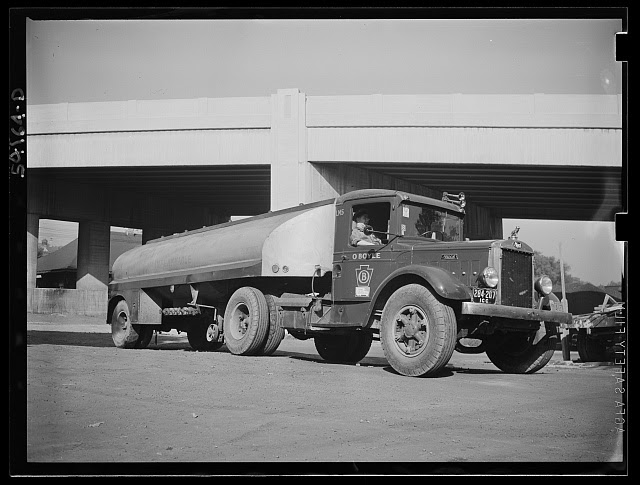Southern Rockies Nature Blog: Lettuce Get Down to Business: Photo from 1918 of the Mahon Ranch, west of Buena Vista. Pictured are Martha Mahon, her daughter Cassie and Cassie’s husband George Fields...
Really interesting article on an agricultural evolution in Colorado.
As I noted in my comments there, and expanding on them a bit here, it's often struck me that the hills around Ft. Laramie, which are grazing land today, are called "Mexican Hills" as New Mexican laborers were brought up to the area after the Mexican War to build the cement buildings at Ft. Laramie, and after they completed the construction, they moved off post and put in vegetable farms. The produce was sold to travelers on the Oregon Trail.
That obviously didn't continue on forever, but I don't know when it ceased. I've also often wondered what happened to them, and their descendants. There is farming, of course, in that region of Wyoming, but it's nearly a monoculture of a sort. All corn in that area.
In the Bessemer Bend area of Natrona County, which is farm land but for hay farms and feed corn only, at one time there was some potato production and barley production, the latter for Coors.
Around the state, if you look at old photos from a century ago and more, you'll see grocery stores with signs indicating that fresh produce was "bought and sold", meaning that they were getting their produce locally. That certainly doesn't happen anymore. If I buy lettuce at the chain grocery store (the only place I can buy it) it's come hundreds of miles to be here.
And, in spite of all the land they hold, you'll not find a ranch yard with a garden. At least I'm not seeing any.
Something has been lost here.







